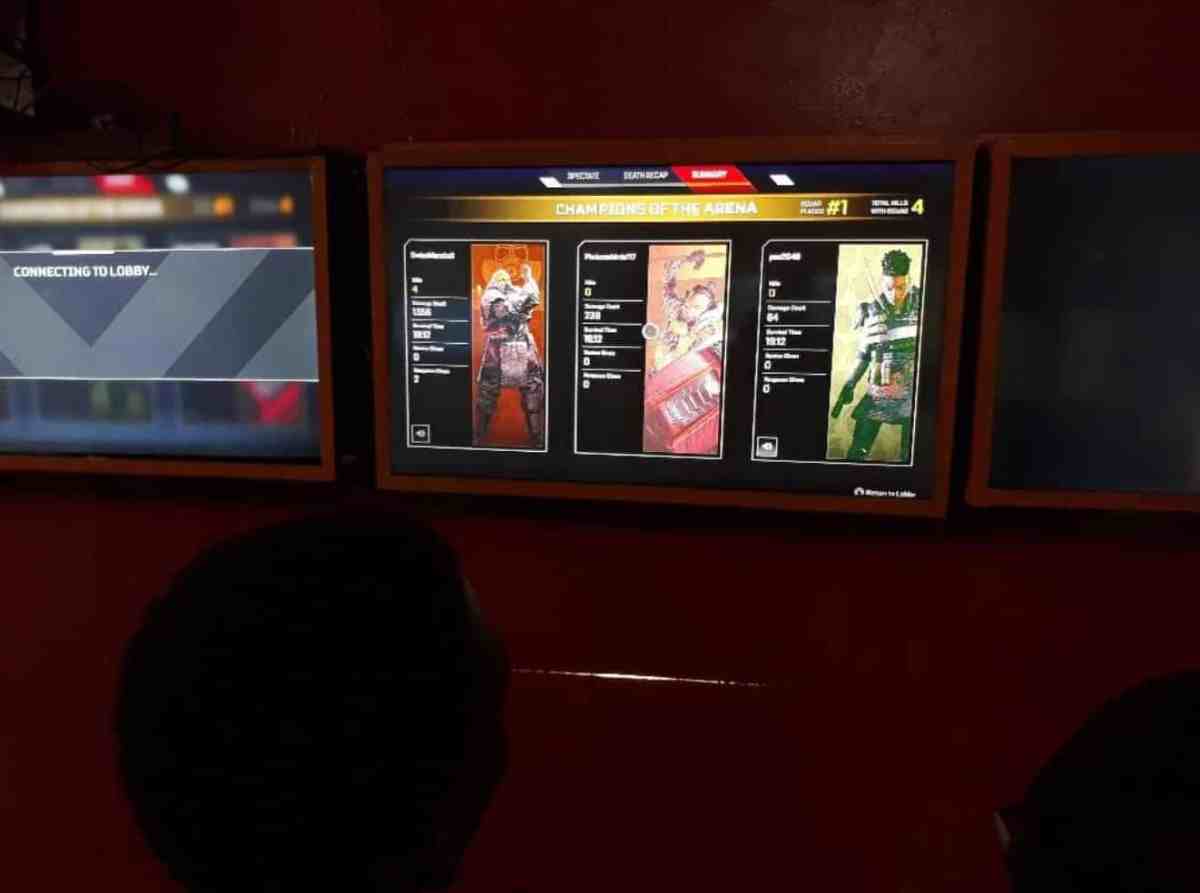Latency, ping, and lag are all terms that most online gamers may be familiar with. However, these terms are baked into the lexicon of every single player who has had to struggle through rounds of Overwatch, Fortnite, or Apex Legends based in the Sub Saharan African region.
In layman’s terms, latency is the delay between when the player sends game information and when responding information appears on screen. Ping is a related form of measurement, and 1000 ping represents a 1-second delay. And lag is freezes or sharp spikes in latency.
It is sadly common that the ping will be in the mid 200s for almost all games in this region. That’s because the closest servers for us are based in Europe. This gameplay experience comes with obvious disadvantages and makes it very difficult for users to not only enjoy the game and win, but even to get better at them. Ranked games come with an even stiffer punishment, with Overwatch basically placing users in the “sin bin” from minutes to hours on end for disconnecting from the servers. Other games like Dota 2 don’t even have the option to play ranked matchmaking on the South African server.
It is a true rarity for African gamers to have local servers of their favorite and most popular video games. It is so rare in fact that the recent announcement of Ubisoft’s Rainbow Six Siege Africa-based servers was met with terrific enthusiasm and a surge of brand new players. This came after a successful petition to get locally based servers for the region with just under 3,000 signatures.
South African servers now available on ALL PLATFORMS.
PC servers are now live after the launch of the console permanent R6S SA servers. We're thrilled to announce that South African players can have the best R6S experience possible on all platforms. 🎉 https://t.co/kC0RxPS0sA
— Rainbow Six Siege (@Rainbow6Game) December 17, 2019
The laggy online gaming experience comes with some inherent handicaps that the player base has to adapt to. For example, in Overwatch, characters that require precise aim and don’t have some form of aim assist are nearly impossible to play well. Clutch Reinhardt shield saves require a level of intuition or premonition not expected from our European counterparts.
The stutter you’re seeing in the video above is not because of the computer’s capabilities; it’s simply a visual representation of what playing Overwatch on a day with bad latency is like.
EA’s latest battle royale phenomenon Apex Legends is wildly popular in my home country of Zambia. Local arcades even allow young players who may not have the necessary means to have a constant and reliable internet service to play the popular shooter on a regular basis. Some of the players are good, very good. However, it is easy to notice the handicap they have while playing the game with a much higher ping than their opponents have.
Local esports players and teams have definitely been harmed the most by this. Local scrims are played on conditions that do not match tournament standards abroad, thus leading to a stunted player base and technical ability due to the latency handicap. Egyptian esports team Anubis Gaming had an article that condemned this predicament in detail. It’s basically like trying to play football with ankle weights the entire time — you can probably get used to it and get good, but the gap between the top players and you will widen at a rapid pace.

Max’s Arcade Centre
The region still has some growing pains to resolve such as a lack of widespread accessibility and affordable broadband internet, aggressive electrical power cuts in some regions, and having to pay almost double the MSRP (manufacturer suggested retail price) for physical copies of video games. However, in spite of all this, gamers are just as passionate about the medium, and it continues to grow.
The mobile gaming market over here is exploding for various reasons. The general populace has access to fairly powerful mobile phones that can play games like Fortnite, PUBG, Candy Crush, and Clash of Clans. Multiple game developers have even made and are making successful video games capitalizing on this market that has gone mostly unnoticed by the big western publishers.
For the hardcore gamers, local gaming conventions and esports events are popping up and growing across the continent. Niaccon in Kenya and rAge Expo in South Africa are examples of events that have grown exponentially with each annual iteration.
Even in the face of this growth, the region has been largely ignored by the western gaming industry due to a perception it won’t be profitable enough. The profitability argument may have been valid a few years ago, but not anymore as predicted by analysts. Gamers will respond loudly and financially if publishers make the effort to expand operations in the region.
The argument of low player counts is unfortunately a chicken-or-the-egg situation at this point. As long as the publishers don’t invest in infrastructure that allows for a smooth gameplay experience for their players, player interest will be stunted. The onus at the end of it all lies on the publishers.
